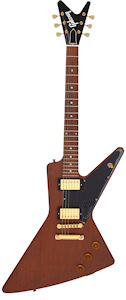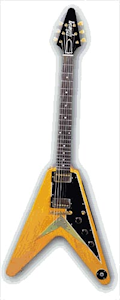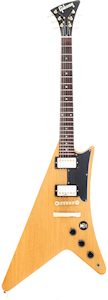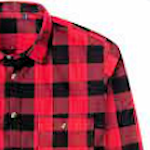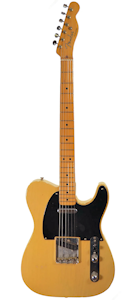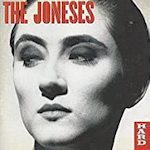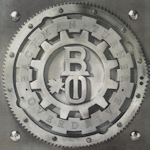
Bachman-Turner Overdrive, also known as BTO, is the self-titled debut album by the Canadian rock band Bachman-Turner Overdrive, released May 17, 1973. The album did not produce a true hit single ("Blue Collar" reached #68 on the U.S. Billboard charts and #21 in Canada), but it was certified "Gold" by the RIAA in 1974.
The album was produced by Randy Bachman, who was previously a member of the Canadian rock group The Guess Who. Bachman left The Guess Who in 1970 and formed Bachman-Turner Overdrive with his brother Robbie Bachman, bassist C.F. Turner, and guitarist Tim Bachman (who later left the band and was replaced by Blair Thornton).
The album's sound is characterized by its hard-driving, guitar-heavy rock and roll, with catchy hooks and choruses that made it a hit with fans of the genre. The lyrics often focus on blue-collar themes, such as working-class struggles and the daily grind of the 9-to-5.
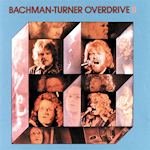
"Bachman-Turner Overdrive II" followed in December, and featured the hits "Let It Ride" and "Takin' Care of Business". The album was a commercial success, reaching #5 on the US Billboard 200 chart and earning a gold certification from the Recording Industry Association of America (RIAA). It has since been regarded as one of the most important albums of the 1970s rock era and a definitive example of Canadian rock and roll.
Trivia: It's an urban legend that the distinctive piano part on "Takin' Care of Business" was played by a pizza delivery man who, while making a delivery to the recording studio, heard the song being rehearsed and suggested it could use some piano. The myth endured for years, with band members even recounting it. The piano player himself would later reveal that he was in fact a musician who happened to be recording commercials in a studio across the hall, and was asked to play the piano part, an invitation which he reluctantly accepted.
BTO genealogy and discographyExplore BTO music on Amazon...



